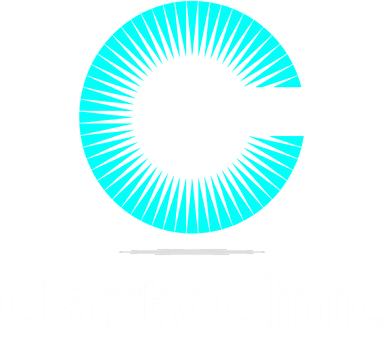June 10th, 2020

Eating disorders are common, quite common in fact. According to the Mirasol Recovery Centers, it is estimated that eating disorders affect 10-15% of the American population.
Eating disorders are very serious emotional and behavioral disorders. Individuals who suffer from eating disorders generally use food intake as a source of control. It may be a distraction from reality or a means of self-control when surrounded by chaos. Eating disorders should not be taken lightly. Often times they start off subtle and can go unnoticed by others, or even by the individual themselves. As time progresses the disease can descend and turn into a very serious, sometimes fatal, disease.
The term “eating disorders” is essentially an umbrella term for a variety of emotional food intake-related diseases. The most commonly known types of eating disorders are:
It is important to understand the meanings, similarities, differences, and relationships to other mental health issues. Most importantly, it is critical to know how to overcome both anorexia and bulimia.

In its most simplistic definition, anorexia is essentially the act of refusing to eat. People who suffer from anorexia:

Bulimia can sometimes be harder to notice or catch, than anorexia; at least to the visible eye. This can be said because people who are bulimic can appear to be at a normal weight. Simply put, bulimia is the act of binging on large quantities of food and then purging. Those who suffer from bulimia:

There is a lot of similarities between individuals suffering from anorexia and bulimia. As a generalized look at the similarities, they both:
As with all disorders, there are both emotional and physical symptoms that are experienced. When it comes to similarities, more can be found emotionally.
Emotional Toll Similarities
Some of the emotional symptoms that these two diseases share include:
Although both anorexia and bulimia are both types of eating disorders, and they can even overlap, there are also some differences. As a generalized glance regarding the differences:
As mentioned above, with all disorders there are both emotional and physical symptoms that are experienced. When it comes to the differences between anorexia and bulimia, more can be found physically.
Physical Toll Differences
As a comparison, listed below are the physical outcomes and complications associated with each of these two diseases:

People suffering from either of the discussed eating disorders are most likely also suffering from other mental health issues. Due to whatever chaos, distractions, events, or stressors are present in the person’s life, any of the following mental health risks could be impacting an individual to the point of dealing with an eating disorder:
In some cases, the eating disorder may precede other mental health concerns or vice versa. It’s like the saying “What came first? The chicken or the egg?”. Regardless of what issue came before the other, it is important to find ways to get your mental and physical health under control.
Due to the complications and risks associated with suffering from an eating disorder, it is crucial to find help for yourself, or someone you may know who is suffering, immediately. Reach out to a licensed professional who specializes in eating disorders to help fight this disease before it can get worse!

Our Services
Virtual/Online CarePHP and IOPAdult PsychiatryChild & Adolescent PsychiatryAdult TherapyChild & Adolescent TherapyCouples CounselingFamily TherapyGroup TherapyPsychological TestingTranscranial Magnetic Stimulation (TMS)Resources
Refer a PatientCareersClinical Training OpportunitiesOur ProvidersFree Mental Health TestsCommonly Prescribed MedicationsLocationsBlogIn The NewsClarity Through CharityClarity for AllQuick Links
Patient PortalFAQsAccepted InsurancesContact us